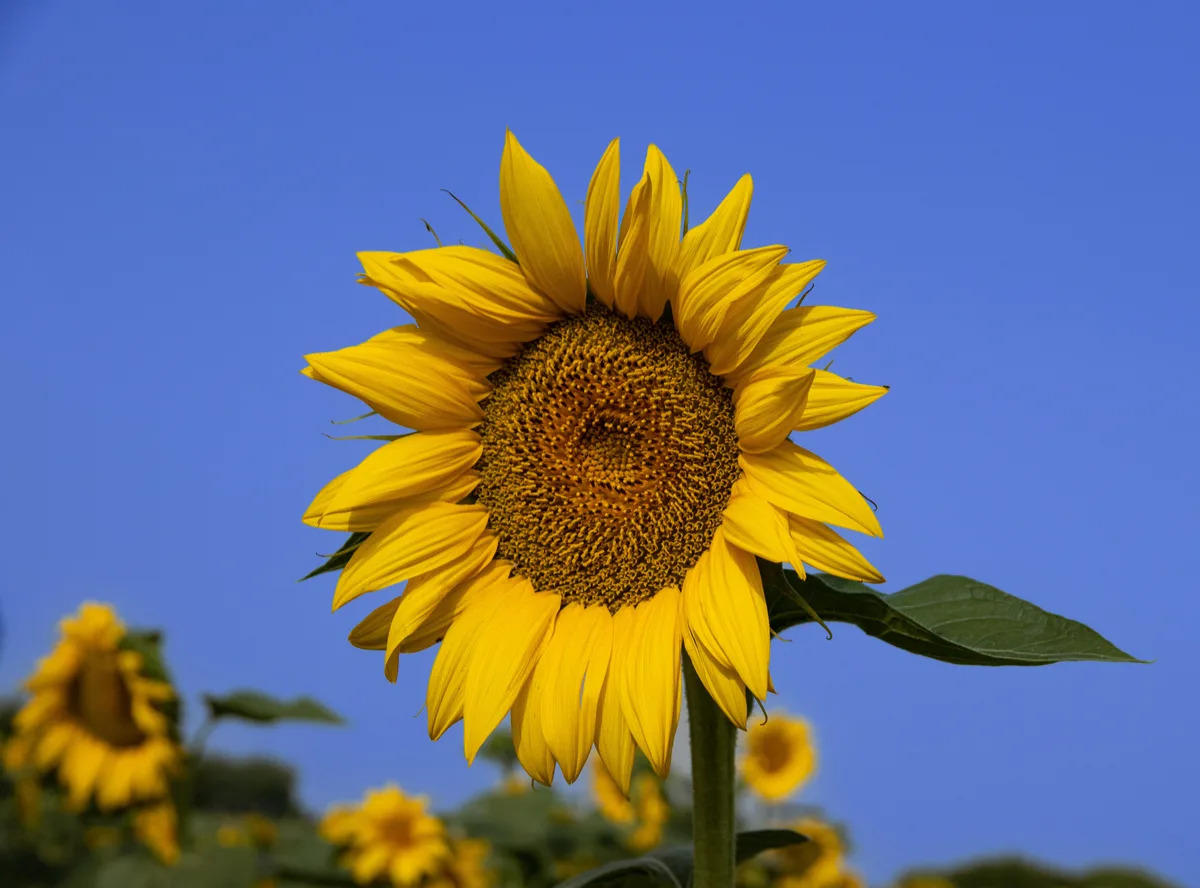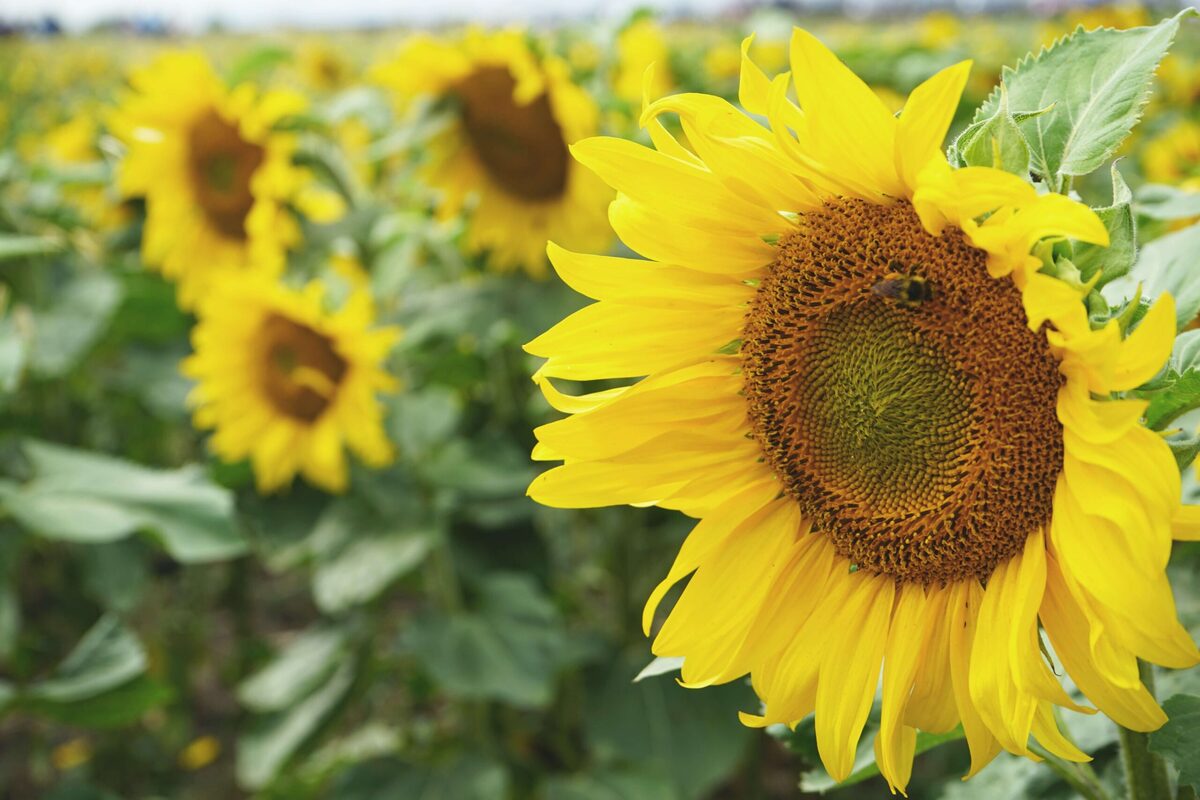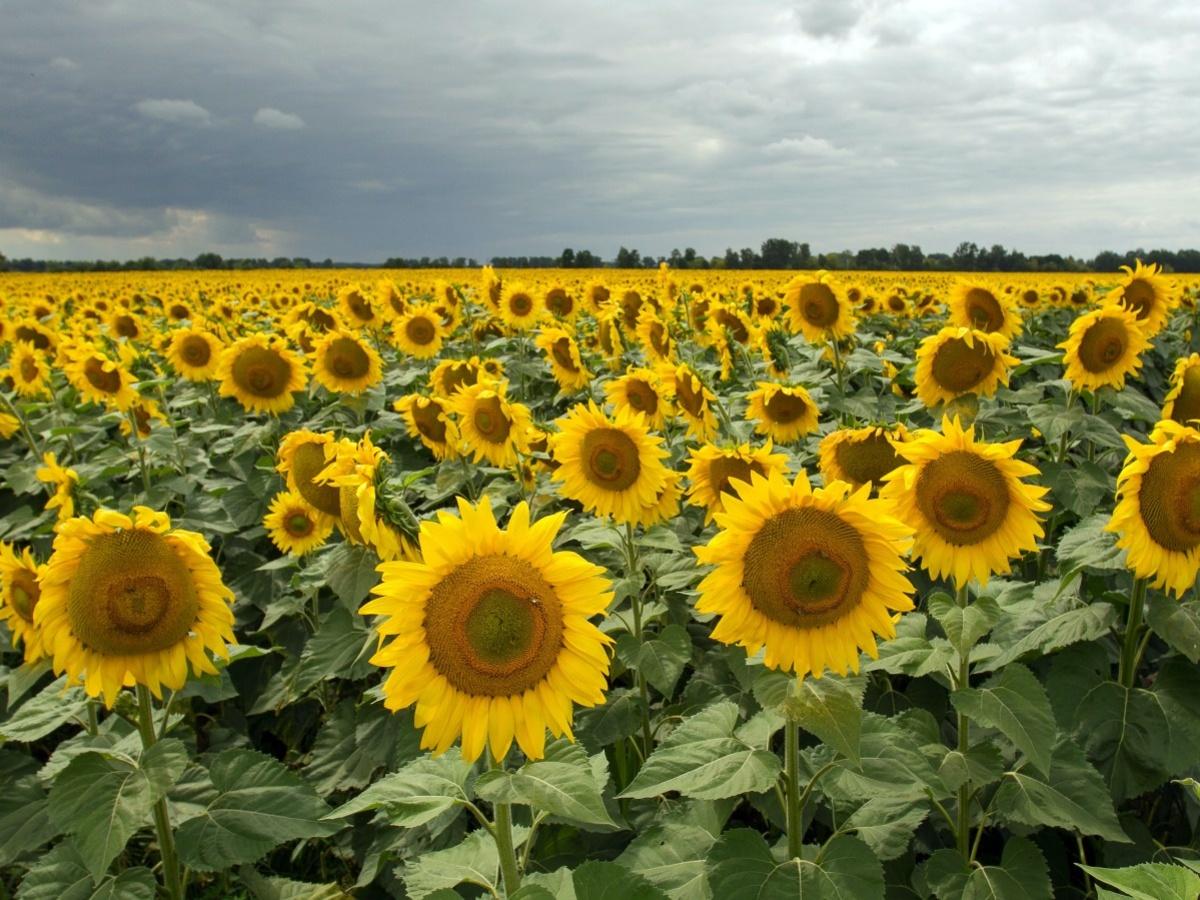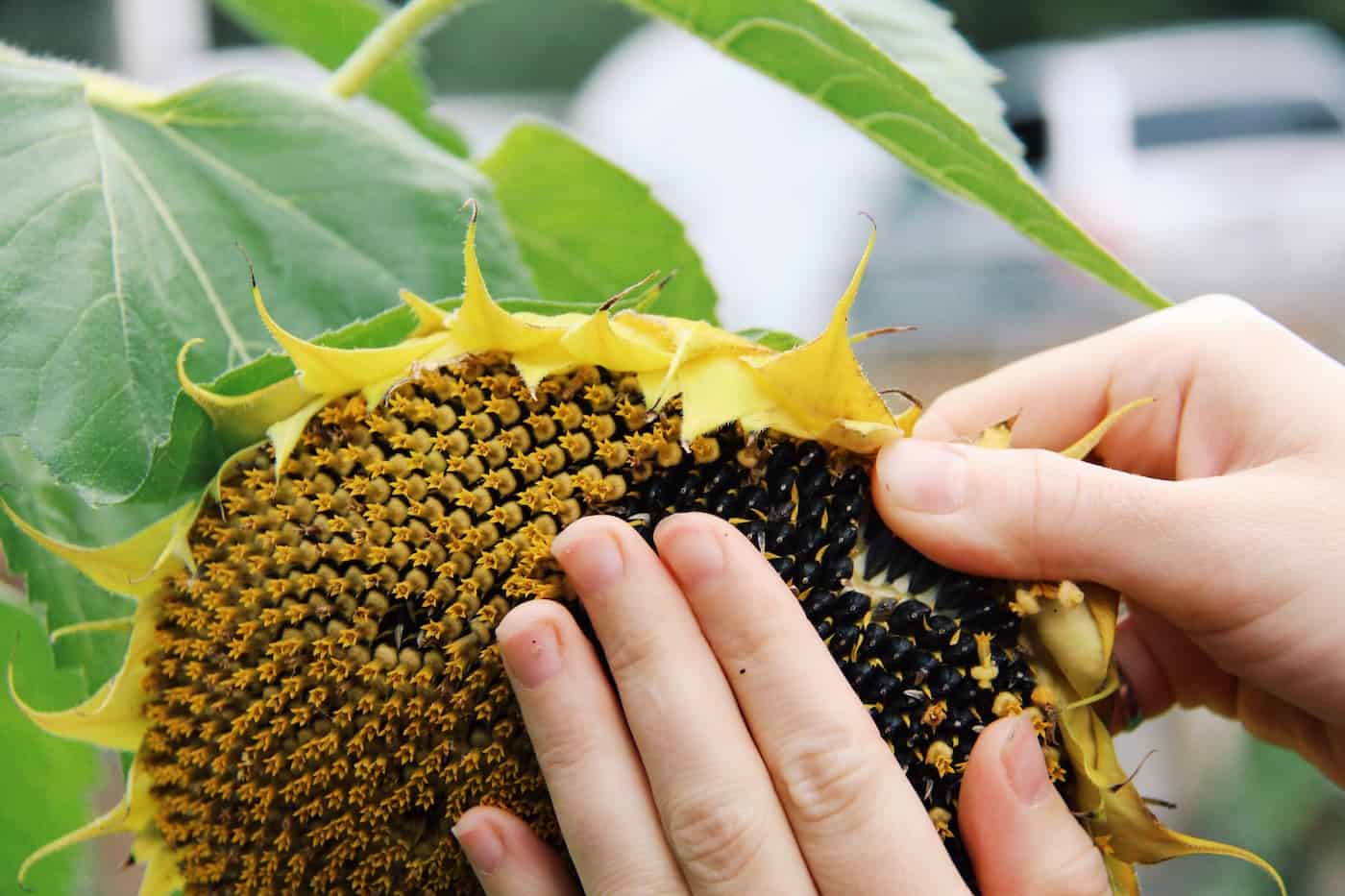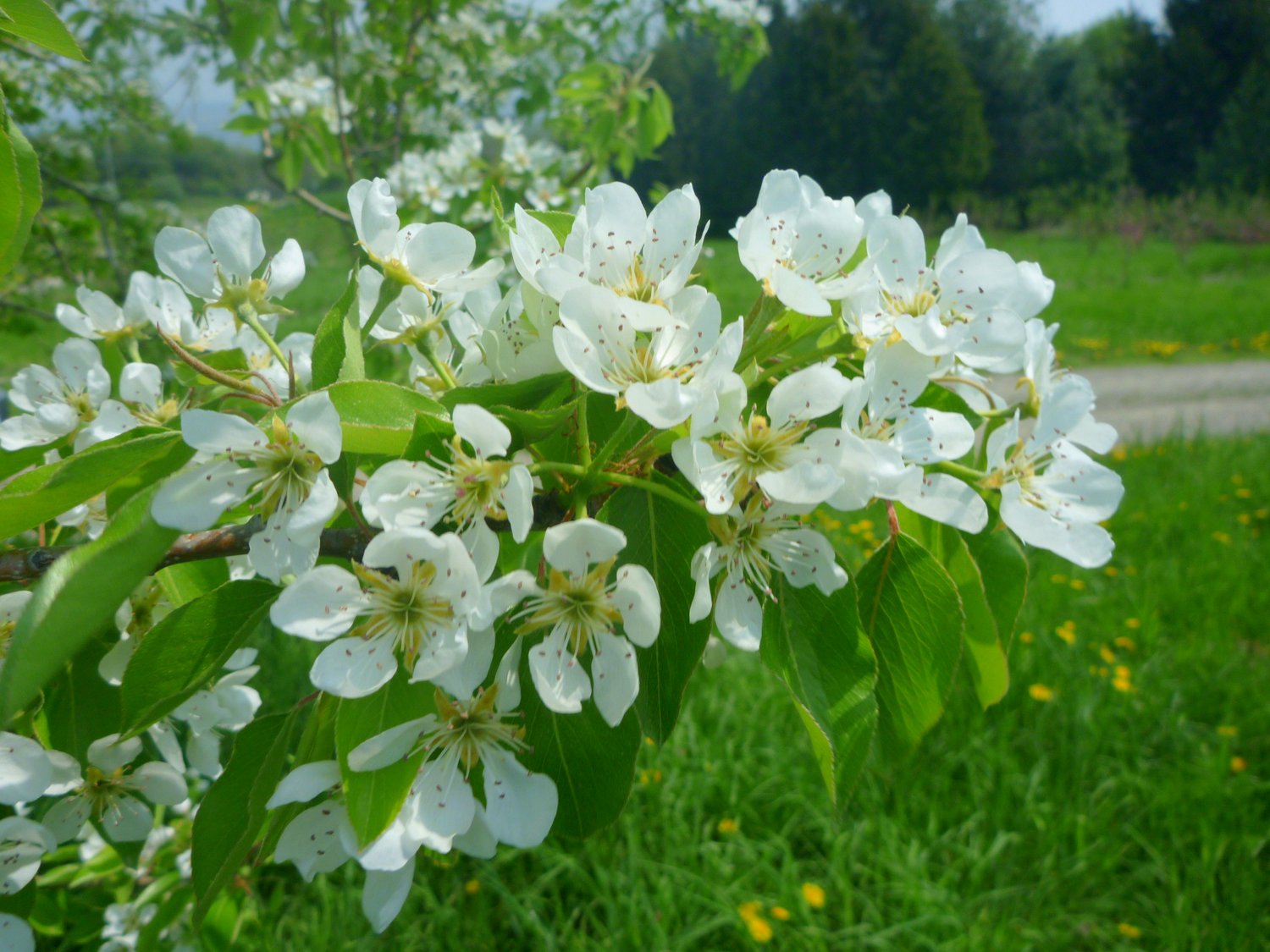Home>Types of Gardening>Ornamental Gardening>When Do Sunflowers Stop Blooming


Ornamental Gardening
When Do Sunflowers Stop Blooming
Published: January 10, 2024
Learn when sunflowers stop blooming and how to prolong their flowering season in your ornamental gardening endeavors. Discover expert tips and techniques.
(Many of the links in this article redirect to a specific reviewed product. Your purchase of these products through affiliate links helps to generate commission for Chicagolandgardening.com, at no extra cost. Learn more)
Table of Contents
Introduction
Sunflower Blooming Period
Sunflowers are a beloved symbol of summer, with their vibrant yellow petals and towering stems gracing gardens and landscapes. These stunning flowers are known for their ability to track the sun, a phenomenon called heliotropism, which adds to their allure and symbolism. However, as with all living organisms, sunflowers have a natural life cycle, including a blooming period that captures the hearts of many garden enthusiasts.
Understanding the blooming period of sunflowers is essential for gardeners who wish to maximize the beauty and longevity of these cheerful blooms. From the initial appearance of buds to the eventual wilting of flowers, each stage in the blooming period holds its own unique charm and significance.
In this article, we will delve into the fascinating world of sunflower blooming, exploring the factors that influence this process and shedding light on the eventual end of the blooming phase. Whether you are a seasoned gardener or a novice enthusiast, join us on this journey to uncover the secrets of sunflower blooming and gain insights that will enrich your gardening experience.
Sunflower Blooming Period
The sunflower blooming period is a spectacle to behold, encompassing several distinct stages that contribute to the flower’s overall beauty and charm. It all begins with the emergence of the sunflower bud, a tightly closed and compact structure that holds the promise of the stunning bloom to come. As the bud gradually unfurls, it reveals the intricate pattern of the sunflower’s seeds, creating a visually captivating display.
Once the sunflower reaches full bloom, typically within 70 to 100 days after planting, its radiant yellow petals form a striking contrast against the lush green backdrop of the garden. At this stage, the sunflower is a beacon of vitality, attracting pollinators and admirers alike with its vibrant hues and imposing stature.
As the blooming period progresses, the sunflower undergoes subtle yet mesmerizing changes. The petals may begin to exhibit a gentle droop as the flower follows the sun’s trajectory throughout the day, a behavior known as heliotropism. This dynamic interaction with sunlight not only adds to the sunflower’s allure but also serves a practical purpose, enhancing its ability to absorb solar energy for growth and development.
Furthermore, the blooming period of sunflowers offers a sensory feast, as the flowers emit a subtle yet delightful fragrance that beckons visitors to draw closer and revel in their natural beauty. This olfactory dimension adds another layer of enchantment to the sunflower’s already captivating presence.
Throughout the blooming period, each sunflower undergoes a unique journey, with some varieties boasting multiple blooms on a single stem, prolonging the spectacle and infusing the garden with an abundance of color and cheer. This diversity in blooming patterns contributes to the rich tapestry of the sunflower blooming period, ensuring that each plant has its own story to tell.
Factors Affecting Sunflower Blooming
The blooming of sunflowers is a delicate dance orchestrated by a myriad of factors, each playing a crucial role in determining the timing, duration, and vibrancy of the blooming period. Understanding these factors is key to nurturing healthy and prolific sunflowers in your garden.
One of the primary influencers of sunflower blooming is sunlight. Sunflowers thrive in full sunlight, requiring a minimum of six to eight hours of direct sun exposure daily to fuel their growth and blooming potential. Insufficient sunlight can impede the blooming process, resulting in stunted or delayed blooms.
Soil quality and composition also exert a significant impact on sunflower blooming. Well-draining, nutrient-rich soil provides an ideal foundation for robust growth and prolific blooming. Adequate levels of essential nutrients, particularly phosphorus and potassium, are vital for supporting healthy blooms and overall plant vigor.
The timing of planting plays a pivotal role in determining the blooming period of sunflowers. Planting too early, when the risk of frost still looms, can jeopardize the blooming phase, while delaying planting may lead to a shorter blooming period as the plant contends with adverse weather conditions later in the season.
Watering practices are another influential factor in sunflower blooming. While sunflowers are relatively drought-tolerant once established, consistent and adequate moisture is crucial during the initial growth stages and throughout the blooming period. Insufficient water can hinder blooming, while overwatering may lead to waterlogged soil, potentially impacting the plant’s ability to produce vibrant blooms.
Furthermore, the selection of sunflower varieties can significantly impact the blooming period. Different cultivars exhibit varying blooming characteristics, including the duration of the blooming period, the size and color of the blooms, and the overall growth habits of the plants. By selecting suitable varieties based on your climate and garden preferences, you can optimize the blooming experience and enjoy a diverse array of sunflower blooms.
By considering and addressing these influential factors, gardeners can create an environment conducive to prolific sunflower blooming, ensuring that these magnificent flowers reach their full blooming potential and grace the garden with their resplendent beauty.
End of Sunflower Blooming
As the sunflower blooming period draws to a close, a bittersweet transformation unfolds, signaling the culmination of a remarkable journey that captivates both nature enthusiasts and gardeners. The end of the blooming phase ushers in a series of changes that reflect the sunflower’s life cycle and offer valuable insights into the plant’s natural rhythms.
One of the most visible signs of the end of sunflower blooming is the gradual fading of the vibrant petals, which have graced the garden with their radiant hues and cheerful countenance. The once resplendent blooms may take on a weathered appearance as they fulfill their role in the reproductive cycle, giving way to the next stage in the sunflower’s lifecycle.
As the petals fade, the sunflower’s central disk, adorned with an intricate pattern of seeds, becomes increasingly prominent, serving as a poignant reminder of the flower’s journey from bud to full bloom and now to the eventual transition. The seeds, once concealed within the heart of the bloom, now take center stage, heralding the next chapter in the sunflower’s lifecycle.
Throughout this period, the sunflower continues to offer visual interest and appeal, albeit in a different form. The striking contrast between the fading petals and the emerging seeds creates a captivating tableau, evoking a sense of nostalgia for the blooming phase while heralding the promise of new beginnings.
As the sunflower completes its blooming phase, it enters a stage of senescence, wherein the plant gradually redirects its energy from blooming and growth towards the maturation of its seeds. This transition marks the culmination of the sunflower’s reproductive cycle, as it prepares to produce seeds that will ensure the continuity of its lineage.
Gardeners and nature enthusiasts alike can embrace the end of sunflower blooming as a testament to the cyclical nature of life, finding beauty and significance in each stage of the sunflower’s journey. While the vibrant blooms may fade, they leave behind a legacy of joy, inspiration, and the promise of new life, ensuring that the spirit of the sunflower blooming period endures beyond the passage of time.
Conclusion
The blooming period of sunflowers is a captivating spectacle that unfolds in a series of mesmerizing stages, each imbued with its own unique charm and significance. From the emergence of tightly closed buds to the eventual transition towards seed maturation, the sunflower’s blooming journey offers a rich tapestry of visual, olfactory, and emotional experiences for gardeners and nature enthusiasts.
Throughout the blooming period, the sunflower’s interaction with sunlight, soil, water, and environmental factors shapes the duration, vibrancy, and overall blooming potential of these magnificent flowers. By understanding and addressing these influential factors, gardeners can create an optimal environment for sunflowers to thrive, ensuring that each bloom is a testament to nature’s beauty and resilience.
As the sunflower’s blooming phase draws to a close, the transition towards seed maturation marks the culmination of a remarkable journey, offering poignant reminders of the cyclical nature of life and the enduring legacy of these iconic flowers. While the vibrant petals may fade, the sunflower’s spirit lives on through the promise of new life and the indelible impact it leaves on the hearts and minds of all who encounter its radiant blooms.
Whether adorning gardens, landscapes, or floral arrangements, sunflowers continue to serve as a symbol of vitality, optimism, and the enduring beauty of nature. As gardeners and enthusiasts witness the end of the blooming period, they can take solace in the knowledge that the sunflower’s legacy extends far beyond the confines of the garden, inspiring joy, hope, and a deep appreciation for the wonders of the natural world.
As we bid farewell to the blooming period of sunflowers, we carry with us the memories of their resplendent blooms and the anticipation of future seasons, where new sunflowers will grace the world with their timeless splendor, perpetuating the cycle of life and the enduring allure of these beloved flowers.
